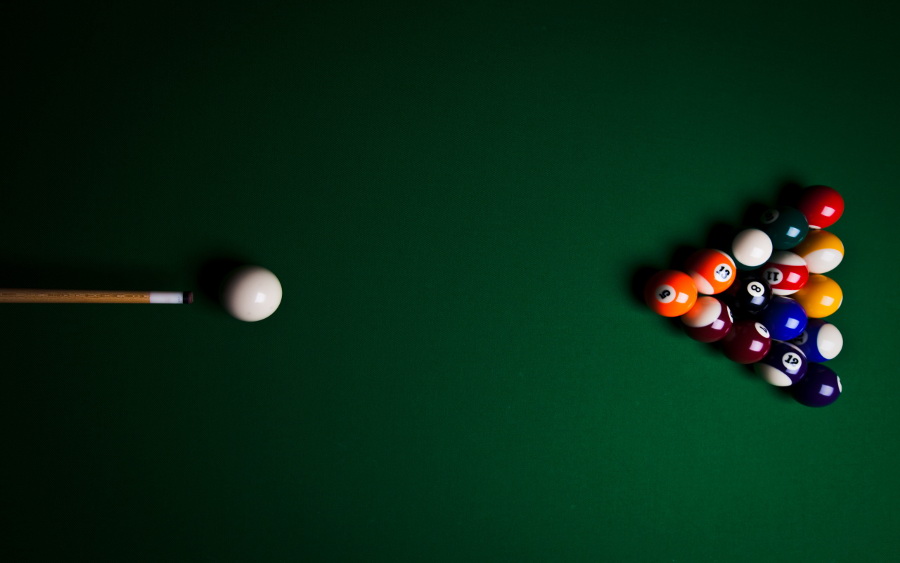Research
Dynamics is the study of objects that evolve in time. Examples of dynamical systems are clouds in the Earth’s atmosphere, electrons moving in a magnetic field and balls on a billiard table.

All the previous are examples of continuous-time dynamical systems. We can define a discrete-time one by considering subsequent applications of a self-map of a space into itself. For instance, we could look at a self-map of a surface. If we have a particle moving according to some law on the surface, we can think of this discrete-time system as taking snapshots of the particle every second. Dynamics is a relatively new branch of mathematics, dating back only a hundred years or so, and it has not only proved interesting on its own right, but it has been useful in solving many problems for other areas of mathematics, most notably for my work, in number theory.
My work has mostly been on dynamics on translation surfaces and their moduli spaces. These are higher genus generalization of flat tori. For example, identifying by translation opposite sides of a regular octagon yields a translation surfaces. Translation surfaces are beautiful and rich objects which sit at the crossroad between hyperbolic and complex algebraic geometry, geometric group theory and, of course, dynamical systems themselves. Below is a list of my research papers, divided by topic, with an informal introduction to the problems. For a more detailed and formal description of the topics, see the relevant papers.

The regular octagon

Papers
- Mauro Artigiani: Octagonal continued fraction and Diagonal Changes, Rendiconti dell’Instituto di Matematica dell’Università di Trieste, 53 (2021), N. 9, 1–28. arXiv version.
Lagrange Spectrum
Diophantine approximation is the area of number theory which studies how well real numbers can be approximate by rational ones. It dates back to the 19th century and it has been generalized to a variety of context. Badly approximable numbers are real numbers which cannot be approximated better than quadratically in the denominator of the rational approximand. Given a badly approximable number, we can improve this quadratic error by a constant factor. The union of such constants forms the Lagrange Spectrum, a classical object in Diophantine approximation. Using a different point of view, the Spectrum has been generalized to hyperbolic surfaces (via the well-known link between continued fractions and geodesic flow on the modular surface) and to a particularly symmetric kind of translation surfaces, called Veech surfaces. The idea behind this generalization is that the Lagrange Spectrum measures the asymptotic excursions of geodesics into cusps, and thus has a natural dynamical interpretation. Together with Luca Marchese and Corinna Ulcigrai, we proved that the Spectrum of a Veech surface and of a hyperbolic one both contain a semi-infinite interval, called Hall ray. In the hyperbolic case we furthermore prove that this is stable under small perturbations of the way in which we measure the excursions into the cusps.
Papers
- Mauro Artigiani, Luca Marchese and Corinna Ulcigrai: Persistent Hall rays for Lagrange spectra at cusps of Riemann surfaces, Ergodic Theory and Dynamical Systems, 40 (2020), 2017–2072. arXiv version.
- Mauro Artigiani, Luca Marchese and Corinna Ulcigrai: The Lagrange spectrum of a Veech surface has a Hall ray, Groups, Geometry, and Dynamics, 10 (2016), 1287–1337. arXiv version

Eaton lenses and infinite translation surfaces

Papers
- Mauro Artigiani: Exceptional ergodic directions in Eaton lenses, Israel Journal of Mathematics, 220 (2017), 29–56. arXiv version